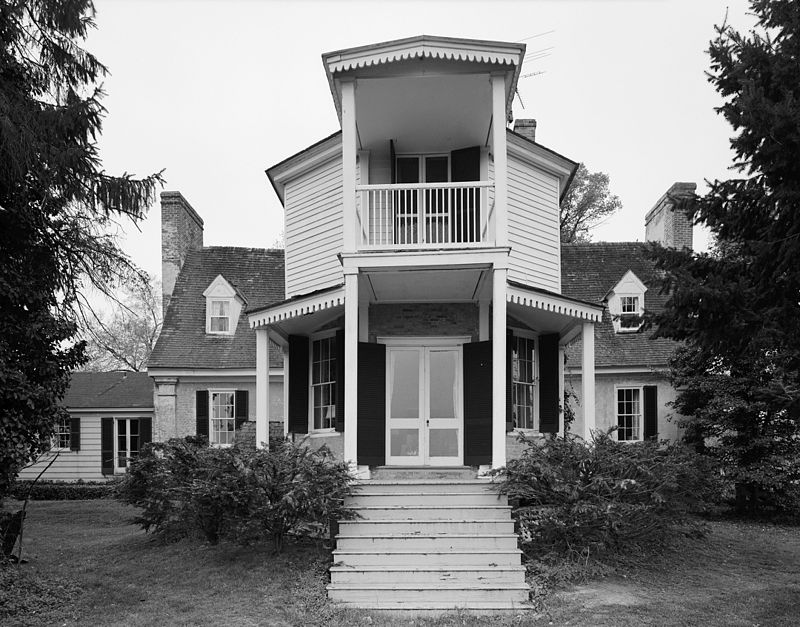Upcoming Events: April is Archaeology Month!
April is Maryland Archaeology Month! In celebration, here are some upcoming events hosted by the Lost Towns Project and/or Anne Arundel County Cultural Resources Section. Learn more and find events throughout the state at marylandarcheologymonth.org. This page will be updated throughout April.
April 2nd – Annapolis: Digging Up Discoveries
Hosted by Discoveries: The Library at the Mall
2250 Annapolis Mall Road
Annapolis, MD
2:00-3:00 pm
Come learn about fossils and artifacts from the experts! Make a fossil print, dig for “bones” and see real artifacts found in Maryland. Children under age 8 must be accompanied by an adult.
April 7th – Virtual Talk: The Archaeology of the Patuxent River
Virtual
6:00 pm
Join us for Archaeology Month with this free virtual presentation! Take a virtual journey along the Patuxent River with archaeologists from Howard, Anne Arundel and Prince George’s counties. Learn about the various archaeological resources found throughout this watershed.
This is a FREE Virtual presentation for all ages. Please email [email protected] for the zoom link.
April 12th – Edgewater: Volunteer Orientation and Fieldwork Preview
Anne Arundel County Archaeology Lab
839 Londontown Road
Edgewater, MD
6:00-7:00 pm
Are you a new or returning archaeology volunteer, or considering volunteering with us?
Join us for a preview of spring and summer field and lab opportunities, and learn or refresh the basics of fieldwork! This is a great time to meet other volunteers and prepare for the summer season.
Plus, we will have pizza! RSVP here.
April 20, 21, 22, 27, 28, & 29
Annapolis: Whitehall Public Dig Days
Whitehall
1915 Whitehall Rd
Annapolis, MD
8:00 am – 3:00 pm each day.
Join us for excavations at historic Whitehall, a former plantation outside of Annapolis. We will be excavating an area that could yield new information about those who worked and lived on the plantation in the late 18th and 19th century and whose stories have yet to be told.
Volunteers must register here in advance and should be able to commit to an entire day (8:00-3:00). Volunteers new to fieldwork are strongly encouraged to attend the Volunteer Orientation on April 12th at 6:00 pm (see above) For more information, email Drew Webster at [email protected]
April 30 – Crownsville: Walk for the Woods
Bacon Ridge Natural Area
Farm Rd Entrance
Crownsville, MD
7:00 am – 3:00 pm
We will be leading an archaeology hike and showcasing our travelling archaeology exhibit at Scenic Rivers Land Trust’s “Walk for the Woods.” Walk for the Woods is a day of guided hikes, including bird watching, amphibian searches, history/archaeology, naturalist hikes, and educational programs. Attendees are also invited to explore the permanently protected Bacon Ridge Natural Area’s 1000+ acres of woodlands, wetlands, streams, and meadows on their own. It is always a beautiful, relaxing day in our local woods!
Experts in wildlife, native plants, birds, and more will be on-site and available to attendees. Plus, self-guided hike options will be offered, complete with trail maps and educational signage posted along the trails.
The event is scheduled for Saturday, April 30, 2022, at Bacon Ridge Natural Area in Crownsville (rain date is May 1). Access to the event will be via the Farm Road entry. Registration for guided hikes will open approximately three weeks before the event date. The hike schedule and registration link will be announced via email and social media and will be accessible via this page. This is FREE community and family event, but registration is required for guided hikes and spaces will be limited.
For a full listing of upcoming events, check out our event calendar:














